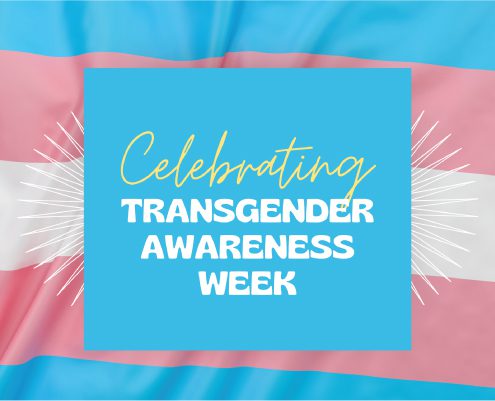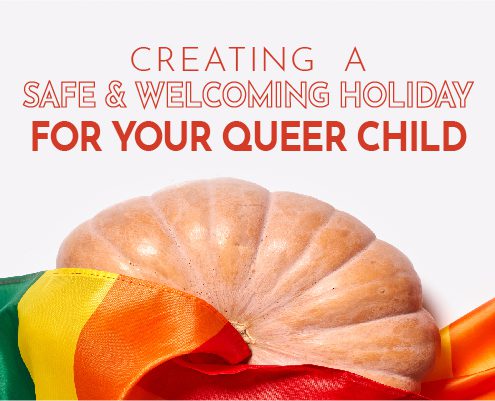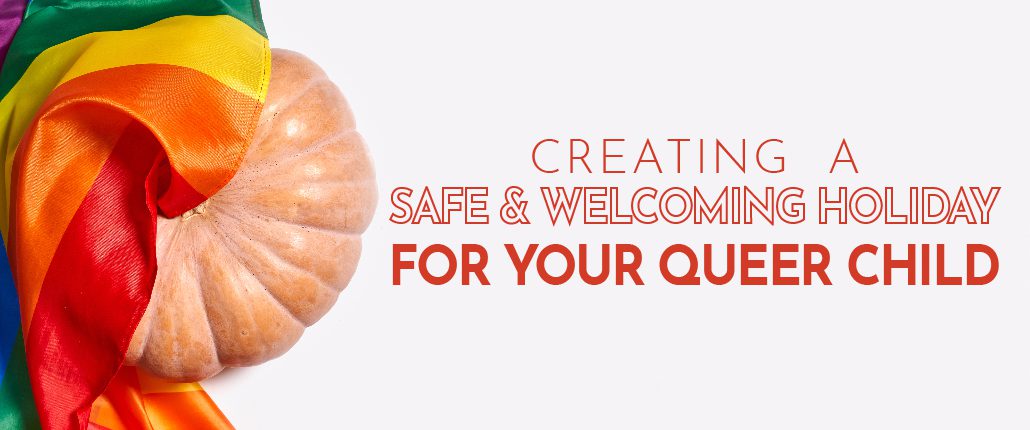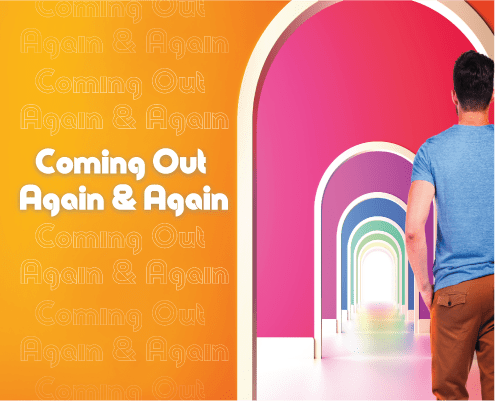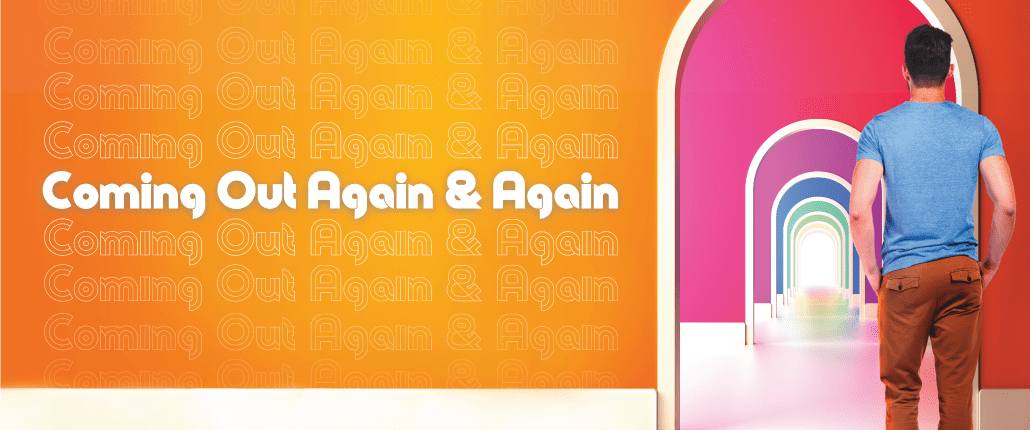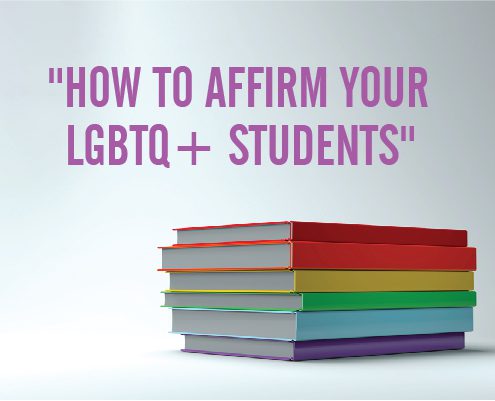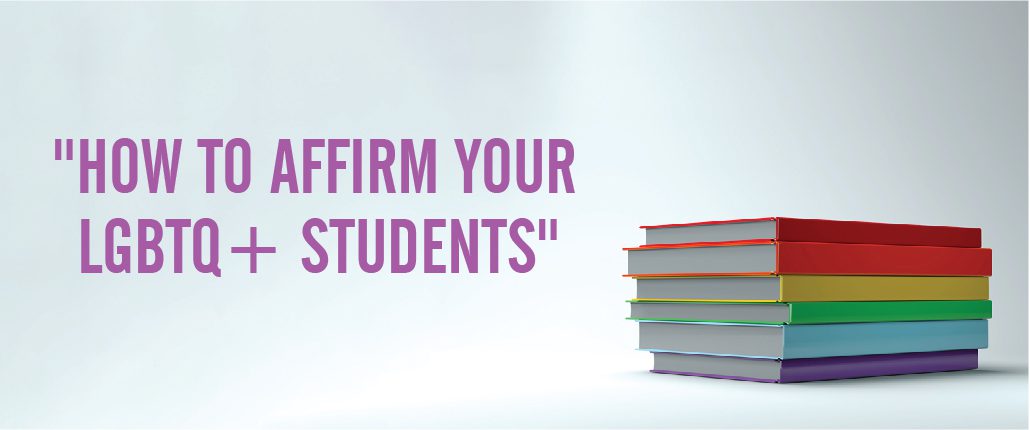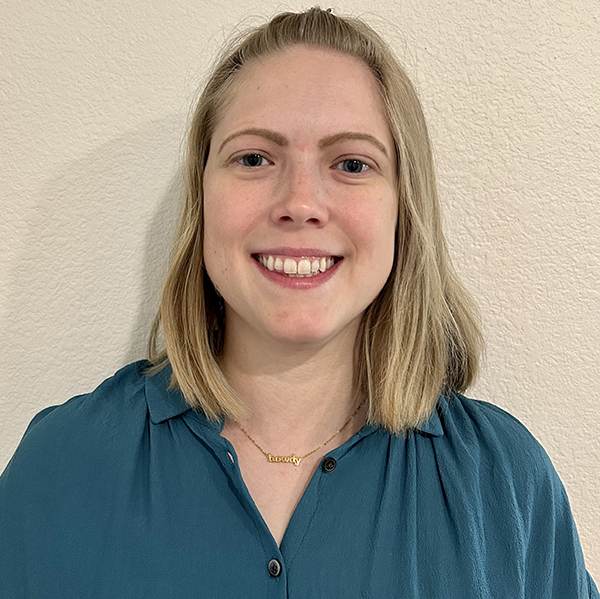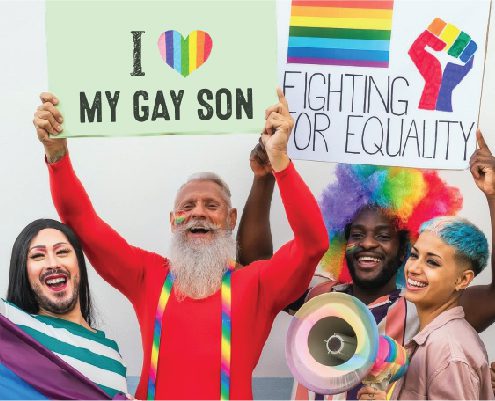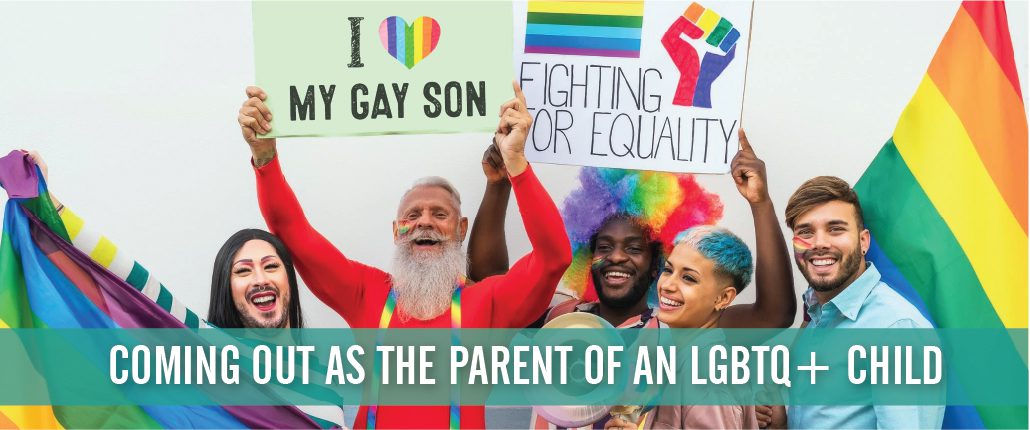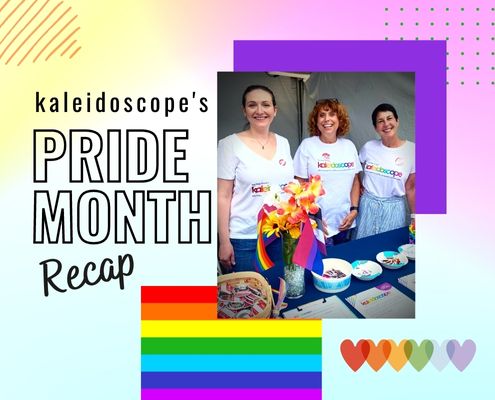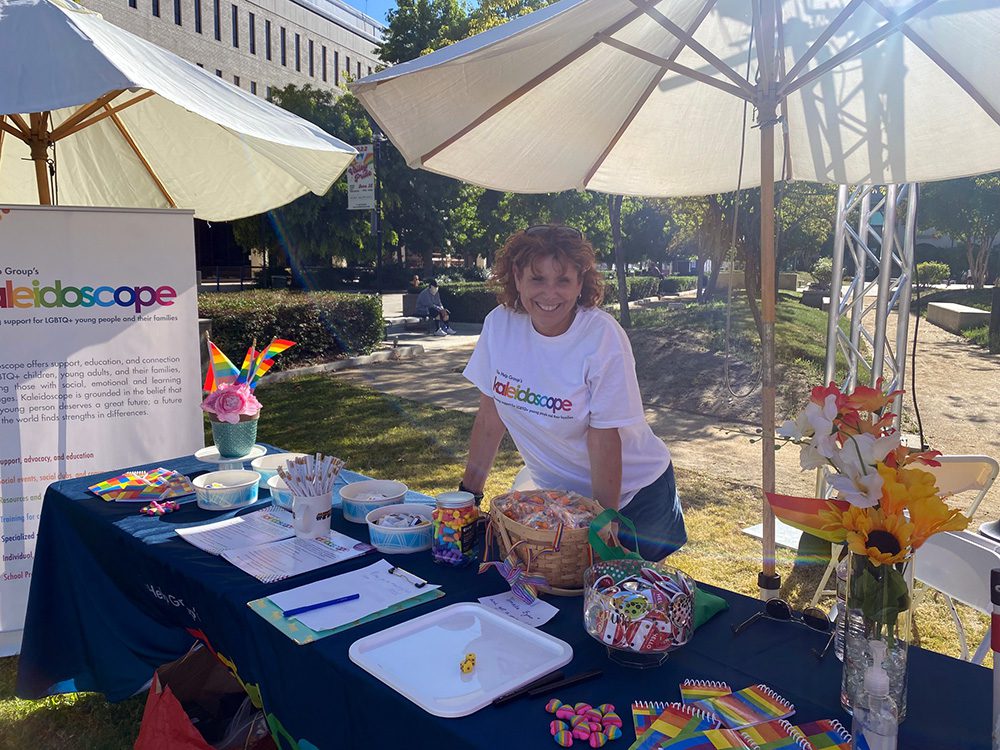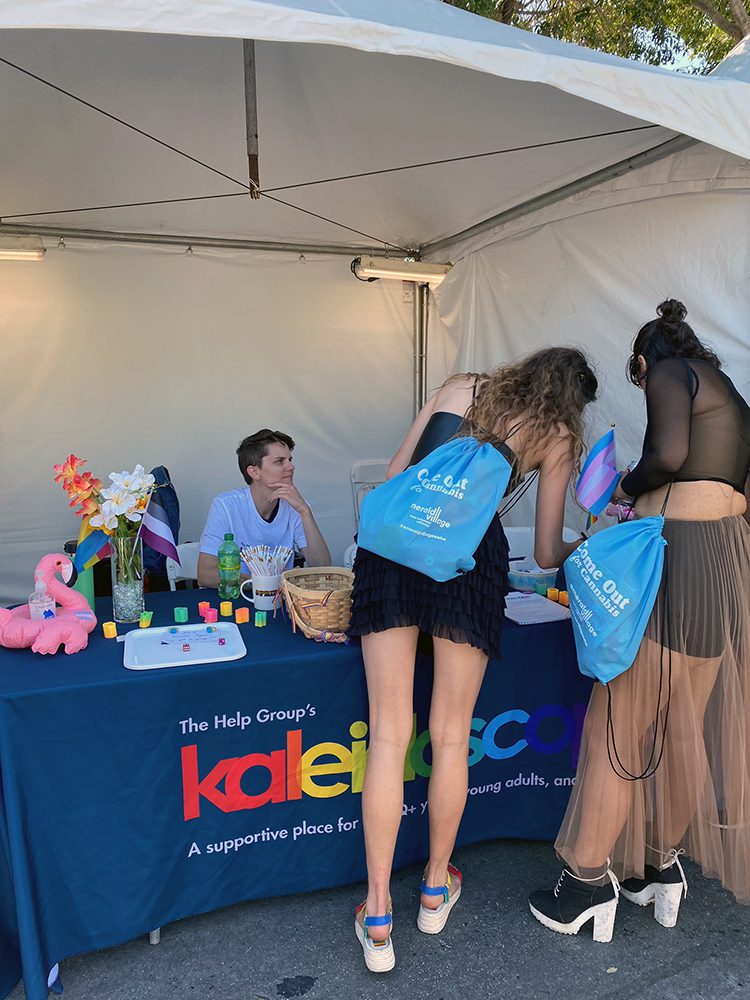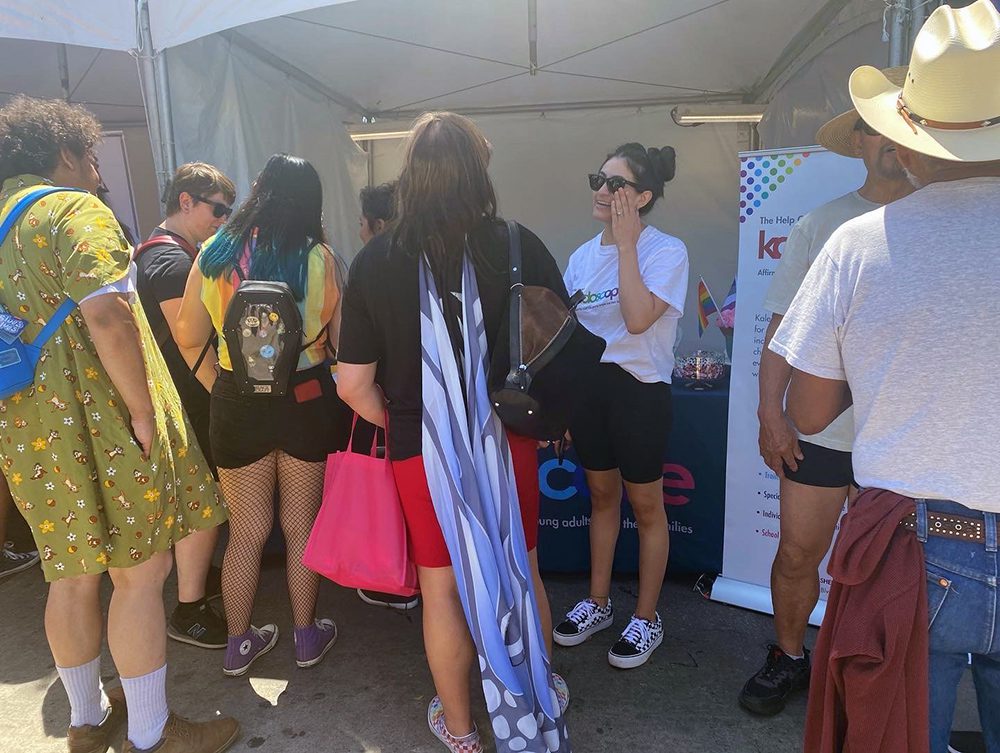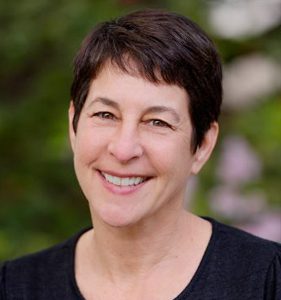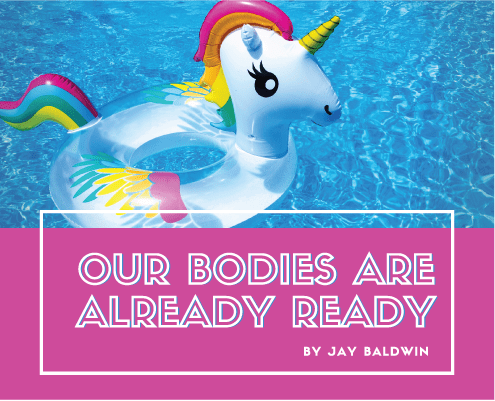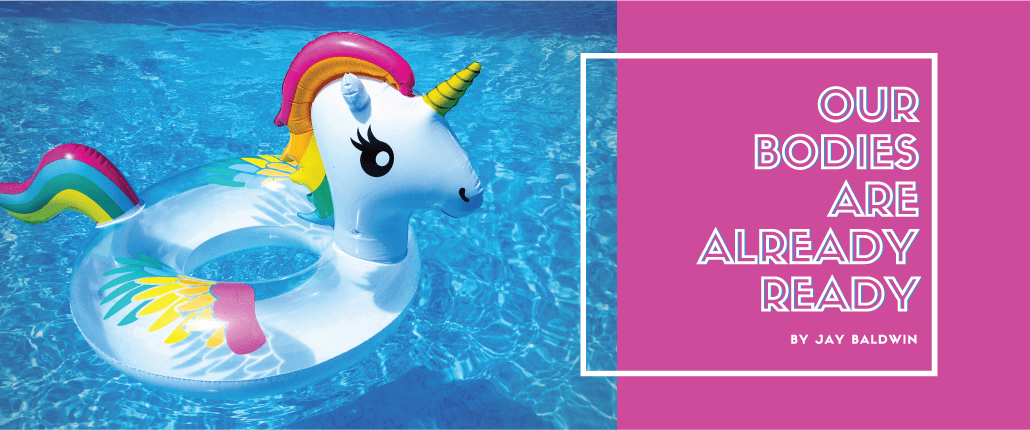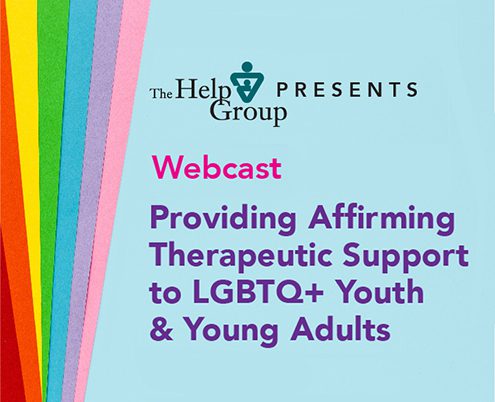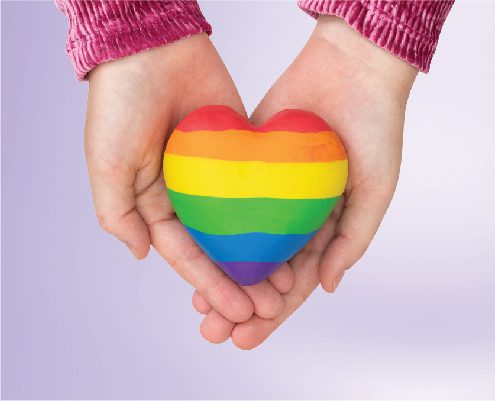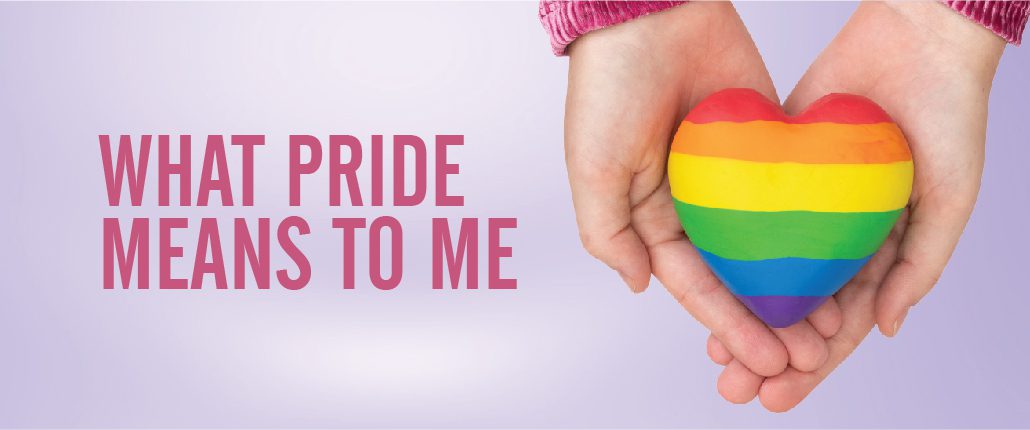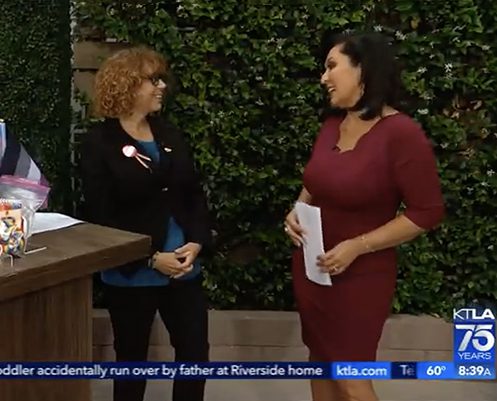Celebrating Transgender Awareness Week
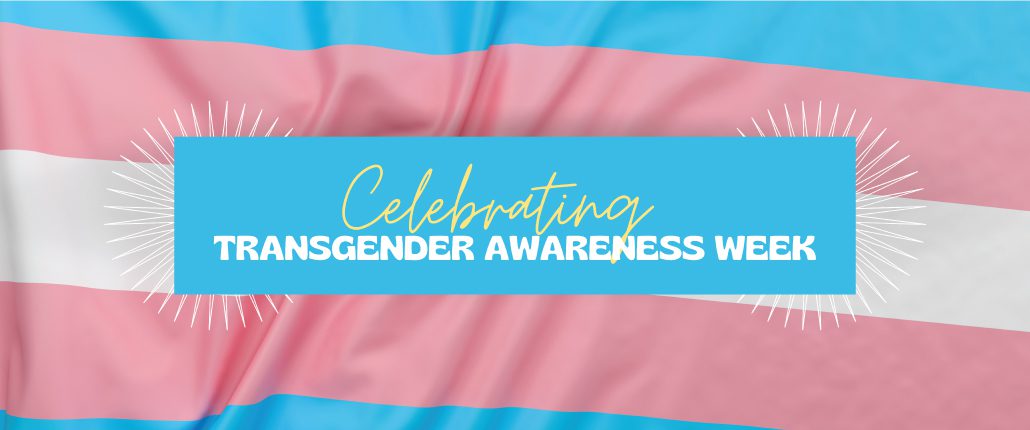
Celebrating Transgender Awareness Week
By Leo Kirkham
Five Topics to Learn About This Transgender Awareness Week
It’s Transgender Awareness Week, which runs from November 13 to 19, 2022 and culminates in National Trangender Day of Remembrance, November 20.
What is Transgender Day of Remembrance?
November 20 is the National Transgender Day of Remembrance, which started as a vigil for Rita Hester, a transgender woman who was murdered in 1998. Founded by transgender advocate Gwendolyn Ann Smith, the vigil honored all transgender people lost to anti-trans violence that year, and became an annual observance.
One way to be a trans ally is to attend a local Transgender Day of Remembrance vigil. The vigil often involves reading a list of names of transgender people who died that year. Gender Justice LA is hosting a vigil and so is LA CA Network.
What are transgender youth facing right now?
In the current culture, there is a strong anti-trans backlash against the social progress that has been made for transgender and gender non-conforming people. Transgender youth are facing the brunt of this backlash, under the guise of “protecting children” from the “harm” of progressive gender norms.
In Florida, all transgender youth undergoing medical transition are being detransitioned and banned from receiving gender-affirming medical care. Many other states are considering bills to restrict or ban transition-related medical care for minors, and even for adults. Still other states are banning transgender students from participating in sports – even in states where there are no out transgender students trying to compete in sports.
According to the Trevor Project, 94% of LGBTQ youth reported that recent politics negatively impacted their mental health. More than half of transgender and nonbinary youth considered suicide in the past year.
Is the news all bad?
No When transgender and nonbinary youth live with people who respect their pronouns, they attempt suicide at half the rate as trans and nonbinary youth who lives with people who don’t. Trans and nonbinary youth are less suicidal when their schools, homes, and online spaces are transgender-affirming. And when those trans and nonbinary youth have access to gender affirming name changes and birth marker changes on legal documents, they have lower suicide attempts (Trevor Project).
In short: If you are a parent to a transgender youth and you are reading this, your child is safer and has better mental health as a direct result of your love and support.
Additionally, progress is being made nationally for transgender and LGBTQ rights. At least 16 states and Washington D.C. are ranked as “high” for gender equality, according to the Movement Advancement Project. That’s where 45% of the LGBTQ population lives. In 2020, the Supreme Court held that LGBTQ employees are protected from workplace discrimination. In 2021, the Biden administration extended Title IX protections to transgender students by requiring that schools receiving federal funding not discriminate on the basis of gender identity (U Chicago).
What about transgender history? Where can I learn about that?
Transgender people are in the news a lot right now – but we’re not new. We’ve been around for thousands of years, as long as human culture has.
Since ancient times, hijras in India and kathoeys in Thailand have formed social and spiritual communities with each other, centered around a transfeminine third gender role. Before European colonization and in modern times, North American Indigenous cultures have recognized Two-Spirit identities: people who reach beyond the traditional male and female gender roles. There were Roman priests and a Roman emperor (Elagabalus) believed to be trans women.
In more modern history, the early 1900s saw the first gender affirmation surgeries. Much progress was made by Magnus Hirschfeld at the German Institute of Sex Research for transgender medicine and trans rights, before his work was destroyed by the Nazi Party in 1933. In 1952, American trans woman Christine Jorgensen’s gender transition brought awareness to North America of sex reassignment surgery.
Lesbian, gay, bi, and transgender people fought back against police violence in the 1959 Coopers Donuts Riots, 1966 Compton’s Cafeteria Riot, and the 1969 Stonewall Riots. In the 1970s, Lou Sullivan started FTM International and pioneered visibility for gay trans men. At the same time, feminist groups began to resist the inclusion of trans women in their spaces, which has become known as trans-exclusionary radical feminism. In the 1980s, trans women were victims of the AIDS crisis alongside gay and bisexual men. By the 1990s and 2000s, the Transgender Day of Remembrance had begun and trans marches were gaining popularity. Trans people began to be elected to public offices, and legislation began to recognize the rights of people regardless of gender identity and expression (Wikipedia).
What else should I educate myself on as an ally?
Some important issues to be aware of as an ally are intersectionality and the ways that transgender people of color are doubly impacted by racism and transphobia. For example, Black trans people and other trans people of color are more likely to be discriminated against in a job, be homeless, experience interpersonal violence, or experience mental health problems. Trans people of color have higher rates of poverty and more barriers to receiving gender affirming medical care and legal name and gender marker changes (National LGBTQ Taskforce).
Transgender people are diverse. We come in as many varieties as you can imagine. Which means that trans people carry other marginalized identities alongside being transgender: trans people can be gay, lesbian, or bisexual as well; we can be disabled or neurodivergent; we can be people of color; we can be poor, homeless, or incarcerated. Being aware of the issues facing transgender people and other diverse groups in society is the first step to being a good trans ally.
Happy Transgender Awareness Week. Thank you for reading and learning with us.
